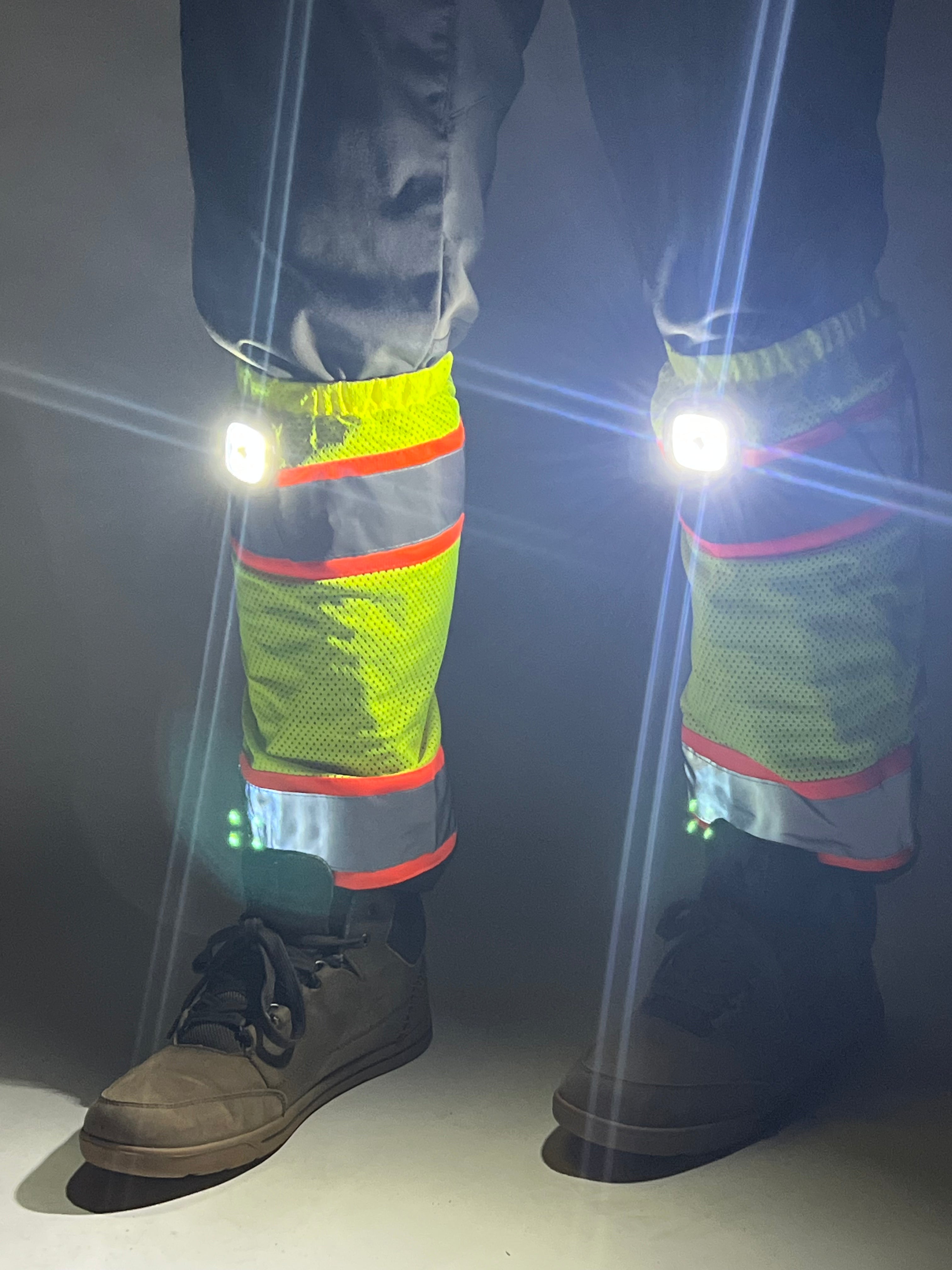There’s nothing quite like the thrill of exploring the great outdoors — the crunch of leaves under your boots, the quiet hum of nature, and the satisfaction of adventure. But for hikers and hunters, one hidden danger lurks quietly in the underbrush: snakes. Whether you’re trekking through tall grass or stalking game in the woods, being prepared for a possible snake encounter can mean the difference between a great trip and a painful, even dangerous, experience.
The good news? Staying safe isn’t hard if you know what to look for and use the right protective gear. Here’s your complete guide to avoiding snake bites and hiking or hunting safely this season.
Know Where Snakes Like to Hide
Understanding snake behavior is the first step toward safety. Snakes aren’t naturally aggressive — most bites happen when they feel cornered or surprised. They prefer warm, sheltered spots where they can stay hidden.
Be especially cautious in areas like:
- Tall grass or brush piles
- Rocky outcrops and fallen logs
- Swampy or marshy terrain
- Areas near water sources like rivers and ponds
-
Old barns or abandoned hunting shacks
When moving through these areas, make some noise — stomp or use your hiking pole to tap the ground. Snakes can sense vibrations and will usually move away before you even spot them.
Wear the Right Protective Gear
Even the most careful hikers can accidentally step too close to a snake. That’s why proper snake bite protection is essential.
Your legs are the most common bite target, so investing in snake-resistant gaiters or chaps is one of the smartest safety moves you can make.
-
For maximum protection, try the Snake Bite Resistant Gaiters from NightHawk Pro Gear. They’re lightweight, durable, and designed to block snake fangs without restricting movement.
-
If you need extra coverage, Wolfer Chaps are a great option for hunters and outdoor workers who move through deep grass or uneven terrain.
-
For wet or unpredictable weather, Trailblazer Waterproof Gaiters keep you dry and protected from mud, moisture, and snake strikes.
And if you prefer visibility during early morning or low-light hikes, HyViz Lighted Gaiters offer built-in LED illumination — perfect for staying seen and safe.
Protective gear isn’t just about comfort — it’s about confidence. Knowing you’re covered lets you focus on your adventure instead of worrying about what’s crawling in the grass.
Watch Where You Step and Sit
Most snake bites occur below the knee, often when a person steps too close to a hidden snake. Always watch your footing, especially when stepping over logs or rocks — snakes often coil on the far side, waiting for prey.
When resting, check your surroundings before sitting on a rock, stump, or the ground. A quick glance can save you from a painful surprise.
Stay Alert During High-Risk Times
Snakes are more active in warmer months, especially spring through early fall. During these seasons, they’re out basking in the sun or hunting for food.
In hot climates, snakes may be more active at dawn and dusk, when temperatures are cooler. That’s when visibility drops — so wearing bright clothing or lighted gear can help you stay aware.
Consider carrying a Rechargeable LED Light from NightHawk Pro Gear for early morning or twilight hikes. They’re small, easy to carry, and help you spot movement in your path before it’s too late.
Keep Your Distance
If you encounter a snake — don’t panic, don’t run, and don’t try to handle it. Step back slowly and give it room to escape. Most snakes strike only if they feel threatened.
Even if you think a snake is dead, never touch it — freshly killed snakes can still reflexively bite.
Use a hiking stick or pole to gently move brush aside before stepping through dense vegetation. Staying a few feet back keeps you safe and gives snakes a chance to move away peacefully.
Pack Smart for Safety
Beyond protective clothing, a little preparation goes a long way. Make sure your hiking or hunting pack includes:
- A basic first-aid kit
- Compression bandages
- A snake bite suction kit (optional, but can buy time)
- A charged phone or GPS device
-
Extra light source, like a Red Rechargeable LED Light for night vision without spooking wildlife
Keep your essentials within easy reach — not buried at the bottom of your bag.
What to Do If You’re Bitten
Even with the best precautions, accidents can happen. If you or someone in your group is bitten by a snake:
-
Stay calm. Panic can speed up your heart rate, spreading venom faster.
-
Move away from the snake.
-
Keep the affected limb still and below heart level.
-
Remove tight clothing or jewelry near the bite.
-
Call for emergency medical help immediately.
-
Do not attempt to suck out venom, cut the wound, or apply ice — these old myths can make things worse.
Getting medical treatment quickly is the best and safest course of action.
Dress for Protection and Comfort
When spending long hours outdoors, your gear should do more than protect — it should perform. Breathable, moisture-wicking layers like the MTGA Performance Tee or Piedmont Performance Hoodie keep you cool and comfortable in varying conditions.
Finish your look with a Revolution Trucker Hat or Logo Trucker Hat for sun protection — a must-have for long treks or open hunting grounds.
The Bottom Line
Staying safe from snakes while hiking or hunting doesn’t mean avoiding the outdoors — it means preparing smartly. With awareness, proper gear, and the right mindset, you can explore confidently and minimize risk.
At NightHawk Pro Gear, we’re committed to keeping adventurers protected with high-quality, durable gear designed for real-world outdoor challenges. Whether it’s snake bite resistant gaiters, waterproof protection, or lighted safety wear, our products are built to keep you safe on every trail.
So gear up, stay alert, and enjoy nature with confidence — because adventure should never come at the cost of safety.


Share:
How To Measure For Leg Gaiters? An InDepth Breakdown to Finding Your Perfect Fit
How We Design Gear That Lasts